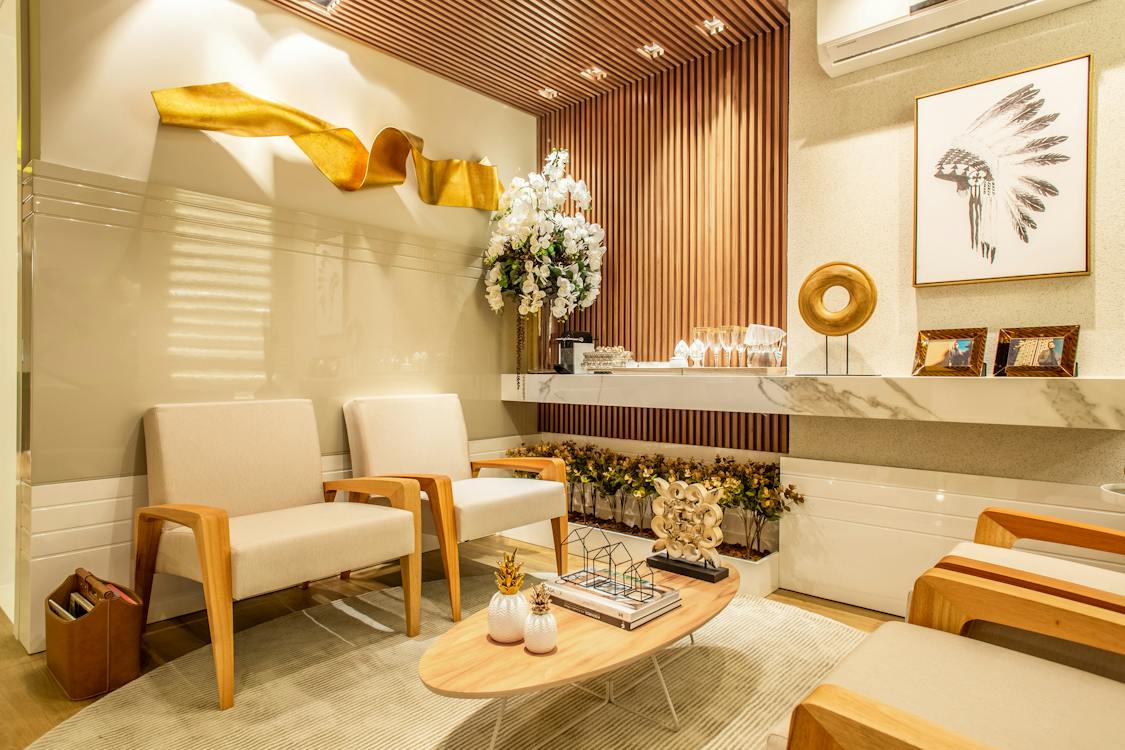Welcome to the world of minimalist design, where less is definitely more. In today’s fast-paced and cluttered world, finding tranquility can be a challenge. But fear not, because minimalist design is here to save the day.
In this article “Creating Tranquil Spaces: Achieving Serenity with Minimalist Design in 2024”, we will explore the art of creating tranquil spaces through minimalist design. Whether you’re looking to revamp your website or transform your living space, minimalist design can help you achieve a sense of serenity and calm. So, let’s dive in and discover how you can create a peaceful oasis in the midst of chaos.
Trends in Minimalist Design
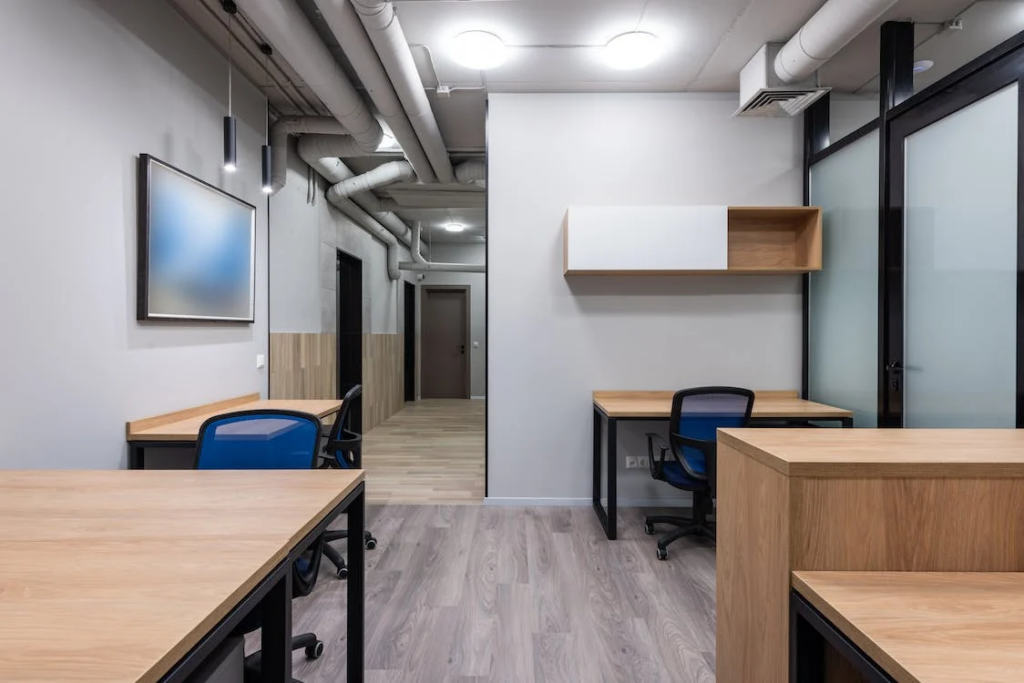
Minimalism has been a popular trend in various design industries, including web design and interior design. The concept of minimalism revolves around the idea of simplicity and removing unnecessary elements to create a clean and uncluttered aesthetic. In 2024, we can expect to see the following trends in minimalist design:
Minimalism in Web Design
Minimalism has been dominating the web design scene for the past few years and shows no signs of slowing down. Here are some key trends to look out for:
- Simplified layouts: Websites with clean and organized layouts that focus on essential elements will continue to be popular. Minimalist designs with ample white space create a visually appealing and easy-to-navigate experience for users.
- Bold typography: Minimalist web design often incorporates bold and striking typography to capture attention and convey messages effectively. Using typography as a design element adds personality and visual interest to the overall composition.
- Monochromatic color schemes: Minimalist websites often feature monochromatic color palettes, using variations of a single color to create a cohesive and sophisticated look. This approach can help keep the design clean and uncluttered.
Minimalism in Interior Design
In the realm of interior design, minimalism has also made a significant impact. Here are some trends that are expected to gain popularity in 2023:
- Return to traditional and nostalgic styles: While minimalism is known for its simplicity, there is a rising trend in combining minimalist design principles with traditional and nostalgic elements. This mix creates a unique blend of modern and classic aesthetics that adds warmth and character to spaces.
- Natural and sustainable materials: Embracing minimalist design often goes hand in hand with a focus on sustainability. In 2023, expect to see more emphasis on using natural and eco-friendly materials, such as reclaimed wood, bamboo, and organic fabrics.
- Multifunctional furniture: Minimalist spaces often prioritize functionality and practicality. Multifunctional furniture pieces that serve dual purposes, such as storage ottomans or sofa beds, will continue to be popular choices for maximizing space and maintaining a clutter-free environment.
These trends in minimalist design demonstrate the versatility and timeless appeal of this style. Whether it’s in web design or interior design, minimalism offers a clean, tranquil, and visually pleasing experience.
“Minimalism is not the absence of design, but the perfection of the design.” – Unknown
Benefits of Minimalist Design
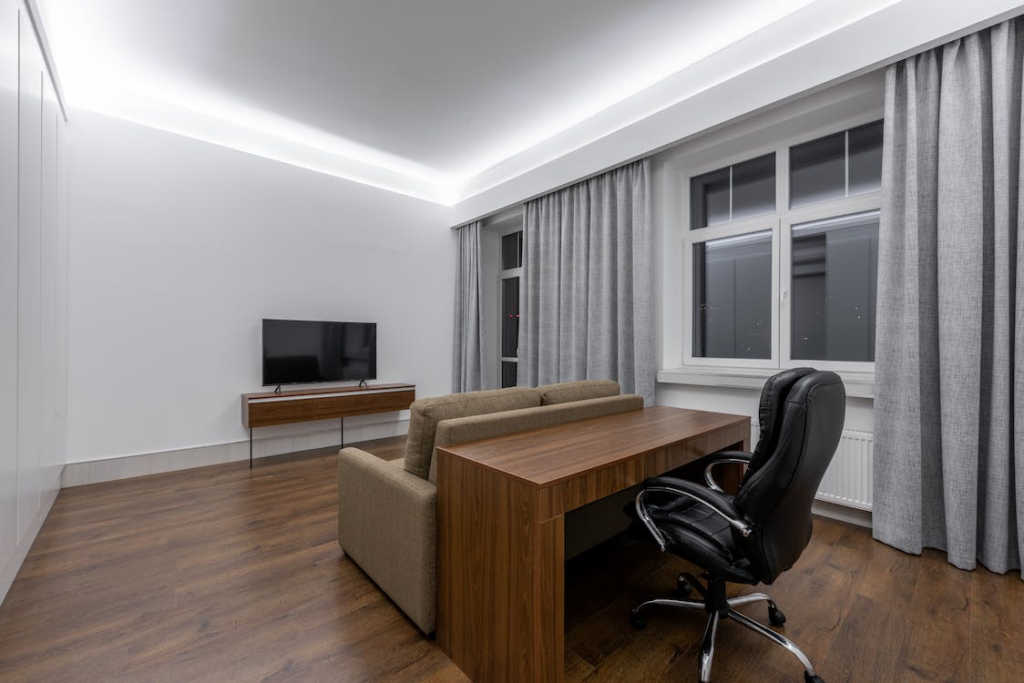
Minimalist design has gained popularity in recent years for its clean and simplistic aesthetic. But there’s more to it than just visual appeal. Embracing minimalism in various aspects of our lives, including web design and interior design, offers a range of benefits that can enhance our overall well-being and create a more peaceful environment. Here are some of the key benefits of minimalist design:
Promotes Sense of Calm and Mental Well-being
Minimalist environments have been found to promote a sense of calm and mental well-being. When our surroundings are clutter-free and free of distractions, it becomes easier to focus and find inner peace. The simplicity of minimalist design helps to declutter our minds and create a serene atmosphere that encourages relaxation and reduces stress. By eliminating unnecessary elements and stripping down to the essentials, minimalist design facilitates a sense of tranquility.
Reduces Cognitive Load
Have you ever felt overwhelmed and mentally drained by a visually busy and cluttered space? Minimalist design helps reduce cognitive load by eliminating unnecessary visual elements. When our visual environment is less cluttered, our brains don’t have to work as hard to process information, leading to improved mental clarity and reduced mental fatigue. With minimalistic design, we can create spaces that are visually soothing and allow our minds to rest and recharge.
Promotes a Sense of Spaciousness
One of the key principles of minimalist design is the use of open spaces and clean lines. By removing excess furniture, decorations, and unnecessary elements, minimalist design creates a sense of spaciousness even in small areas. This can be particularly beneficial for those living in compact living spaces or working in small offices. The feeling of openness and breathing room brought by minimalist design can make a space feel more inviting and comfortable.
Faster Load Times
Minimalist design isn’t just visually appealing; it also has practical benefits. In the world of web design, minimalist websites tend to load faster because they have fewer elements to load. This can greatly improve the user experience, as visitors don’t have to wait for a cluttered webpage to load. Faster loading times not only enhance user satisfaction but also contribute to better website performance and SEO rankings.
So, whether you’re redesigning your website, revamping your living space, or simply looking to create a more serene environment, embracing minimalist design can bring a range of benefits. From promoting a sense of calm and mental well-being to reducing cognitive load and creating a more spacious feel, minimalist design can transform your surroundings and enhance your overall quality of life. Embrace minimalism and discover the beauty of simplicity.
Also Read: Creating Tranquil Spaces : Achieving Zen with Minimalist Design in 2024.
The Use of Negative Space in Design
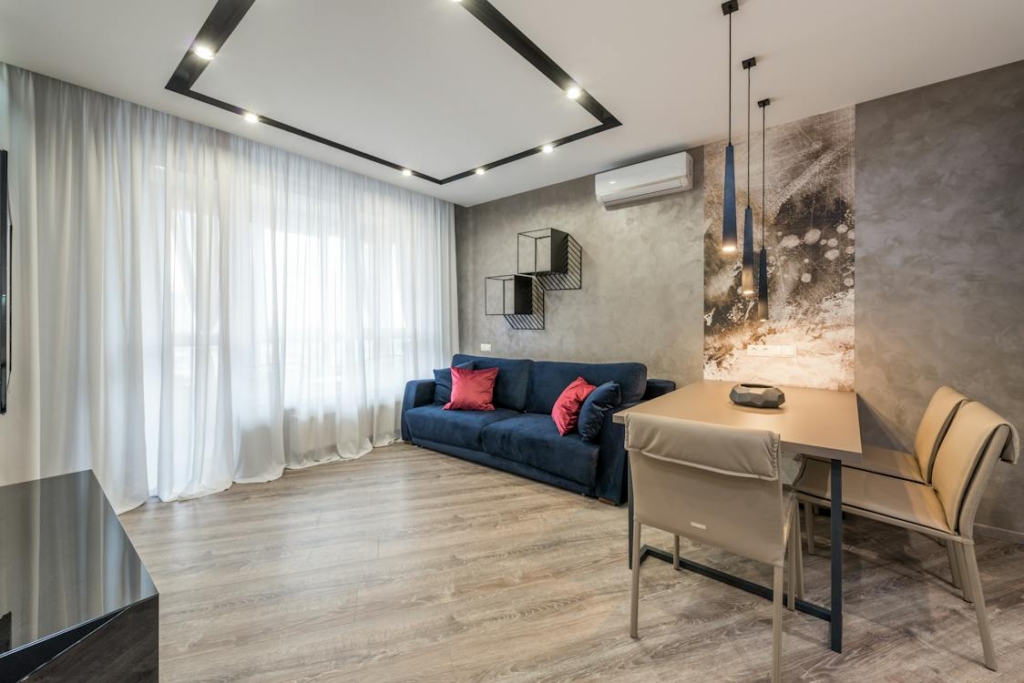
In the world of design, negative space refers to the empty or unoccupied areas within a composition. It is the space between and around the main elements of a design. While it may seem counterintuitive to focus on empty space, negative space plays a crucial role in creating a balanced and visually appealing design. In 2023, designers are exploring the use of negative space to create openness and balance in rooms. So, let’s dive deeper and understand why negative space is such an essential element in design.
Why is Negative Space Important?
Negative space is not just empty space; it is a powerful tool that can enhance the overall impact and harmony of a design. Here’s why it is important:
- Creates Balance: Negative space helps to balance out the elements in a design. By carefully arranging both the positive and negative areas, designers can achieve a sense of equilibrium and visual stability.
- Enhances Focus: By giving elements room to breathe, negative space allows them to stand out and grab the viewer’s attention. It helps guide the eye and draw focus to the key elements of a design.
- Improves Readability: Negative space helps improve the readability and legibility of a design. By providing clear separation between elements, it provides clarity and ensures that the message or information is easily understood.
- Adds Visual Interest: Negative space adds an element of intrigue and aesthetic appeal to a design. It can create interesting shapes or forms, adding depth and complexity to an otherwise simple composition.
Techniques for Using Negative Space in Design
Designers use various techniques and strategies to effectively incorporate negative space into their designs. Here are a few popular ones:
- Whitespace or Margins: By adding ample whitespace or margins around the main elements, designers can create a sense of breathing room and avoid overcrowding the design.
- Grid Systems: Using a grid system helps maintain consistent spacing between elements, facilitating the use of negative space. This technique is particularly useful in web design and print layouts.
- Contrast and Composition: By strategically placing elements with contrasting colors or shapes against negative space, designers can create a visually striking composition that captivates the viewer’s attention.
- Focus on Simplicity: Simplifying designs and reducing unnecessary elements allows more negative space to come into play. This minimalist approach can create a clean and elegant design that feels spacious and uncluttered.
Embracing Negative Space in your Designs
Now that we understand the importance and techniques of using negative space, how can we embrace it in our own designs? Here are a few tips:
- Plan and Sketch: Start by sketching out your design and considering negative space as an integral part of the composition. Plan where you want the negative space to be and how it will interact with the positive elements.
- Edit and Simplify: Take a step back and evaluate your design. Remove any unnecessary elements that compete for attention or clutter the composition. Create a visual hierarchy by using negative space to guide the viewer’s focus.
- Experiment and Play: Don’t be afraid to experiment with different arrangements and placements of elements. Try different amounts of negative space and see how it affects the overall balance and feel of the design.
- Seek Inspiration: Look for inspiration in other designs that effectively use negative space. Study how they utilize the empty areas and adapt those techniques to your own work.
Negative space is a powerful tool in design that should not be overlooked. When used effectively, it can bring balance, clarity, and visual interest to your compositions. So, embrace the open spaces in your designs and create harmonious and balanced visuals that leave a lasting impact.
Impact on Mental Health
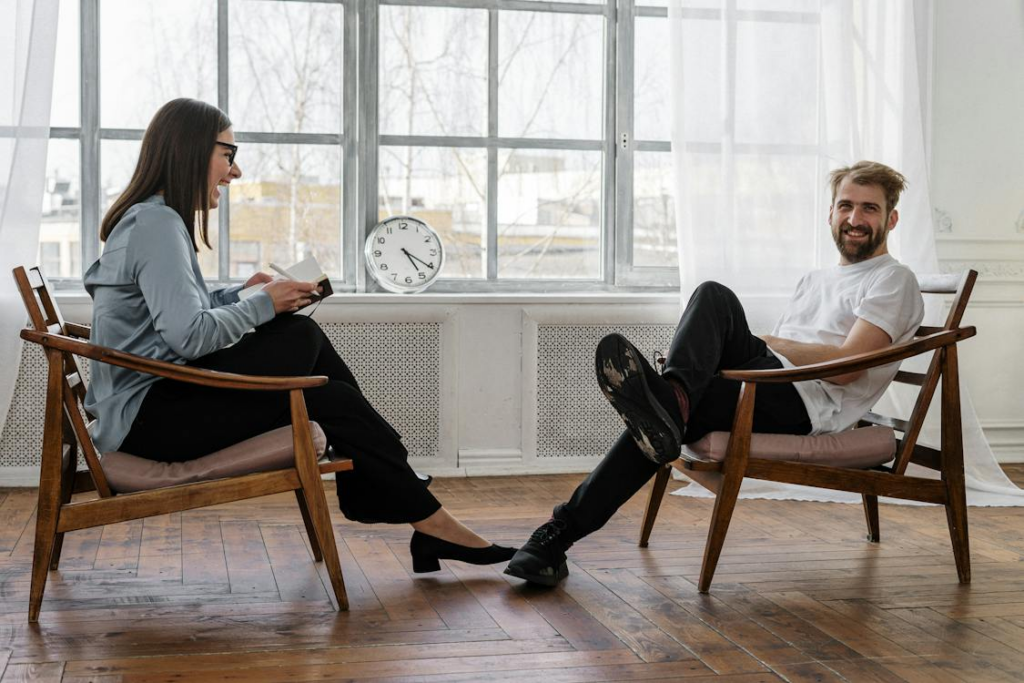
When it comes to our mental well-being, there are many factors that can contribute to a positive or negative state of mind. One often overlooked factor is the environment we surround ourselves with. The design and aesthetics of our spaces can have a profound impact on our mental health. In recent years, minimalist design has gained popularity for its ability to create serene and tranquil spaces. Let’s explore the impact minimalist design can have on our mental health.
Reduction in Stress and Promotion of Relaxation
Studies have shown that minimalist interior design can have a positive impact on reducing stress and promoting relaxation. The concept of minimalism revolves around simplicity, decluttering, and removing unnecessary elements. By eliminating visual clutter and simplifying our surroundings, we create a calm and peaceful environment that can help us unwind and de-stress.
Minimalist design promotes the idea of having fewer possessions and focusing on what truly brings us joy and contentment. This mindset can greatly reduce mental and emotional clutter, allowing us to let go of unnecessary worries and distractions. When our spaces are filled with only the essentials, it becomes easier to find peace and relaxation within them.
Achieving Serenity with Minimalist Design
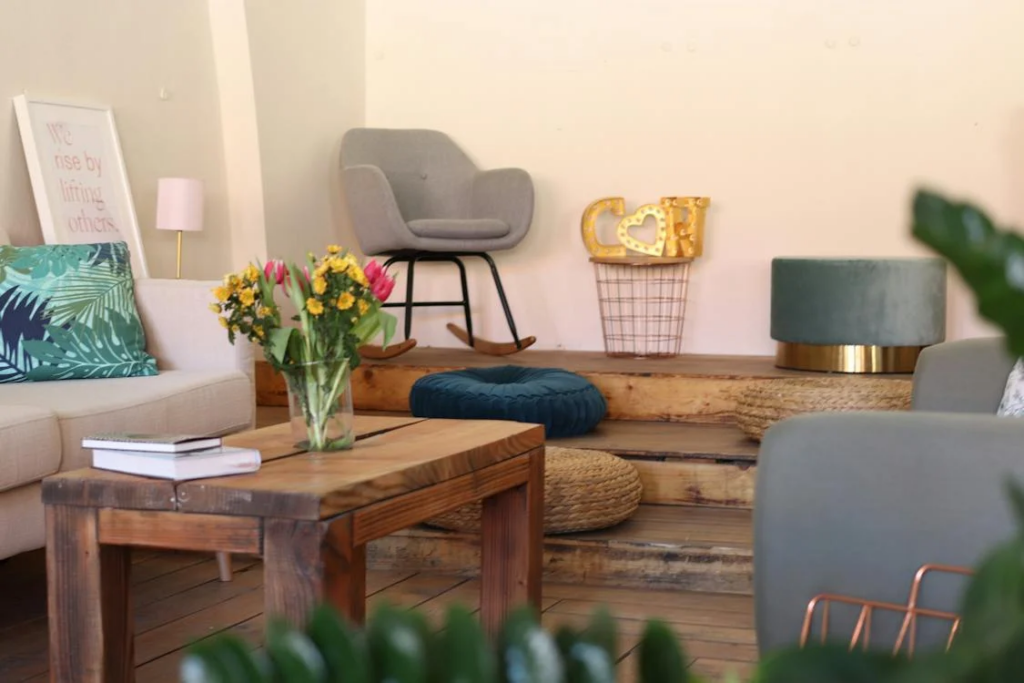
Are you looking to create a peaceful and calming environment in your home? Consider incorporating minimalist design principles into your space. Minimalism allows for a clean and clutter-free aesthetic that promotes a sense of tranquility and serenity. In this article, we will explore the benefits of minimalist design, the use of negative space, its impact on mental health, and how it can help you create a tranquil space.
“The minimalist concept goes beyond the aesthetic appeal of clean lines and simplicity. It encourages a lifestyle of mindful choices and intentional living, which can positively impact our mental health.” – Interior Designer
Benefits of Minimalist Design
Minimalist design has gained popularity in recent years due to its many benefits. Let’s take a look at how it can enhance your space:
- Promotes a Sense of Calm and Mental Well-being: Studies have shown that minimalist environments promote a sense of calm and mental well-being. With fewer distractions and a simplified visual landscape, your mind can relax and find peace.
- Reduces Cognitive Load: Minimalist design helps to reduce cognitive load and promote a sense of spaciousness in small areas. By eliminating unnecessary elements, you can declutter your space and create a more streamlined and organized environment.
- Promotes a Sense of Spaciousness: One of the key features of minimalist design is the use of space. By keeping surfaces clear and furniture minimal, you can create an illusion of more room. This is especially useful in small spaces where maximizing the available space is essential.
- Faster Load Times: Minimalist designs not only look modern, but they also load faster. With fewer elements to load, your website or application can deliver content more quickly, enhancing the user experience.
The Use of Negative Space in Design
In 2023, designers are exploring the use of negative space to create openness and balance in rooms. Negative space, also known as white space, refers to the empty areas surrounding elements in a design. It allows the eye to rest and provides a sense of visual calmness. By strategically incorporating negative space, you can create a harmonious and balanced atmosphere in your space.
Impact on Mental Health
Minimalist interior design can have a positive impact on mental health. Here’s how:
- Reduction in Stress and Promotion of Relaxation: Clutter and excessive stimuli can contribute to feelings of stress and overwhelm. By decluttering and simplifying your surroundings, you create a space that promotes relaxation and improves your overall well-being.
Creating Tranquil Spaces through Minimalist Design
Creating tranquil spaces through minimalist design allows for a harmonious and calming visual experience. Here are a few tips to get you started:
- Declutter: Begin by getting rid of unnecessary items and keeping only the essentials. Clear surfaces and minimize visual distractions for a clean and serene environment.
- Choose a Neutral Color Palette: Opt for neutral colors such as white, beige, and gray to create a soothing ambiance. These colors can help to create a sense of openness and tranquility.
- Focus on Functionality: Select furniture and decor pieces that serve a purpose. Emphasize simplicity and functionality to maintain a streamlined look and eliminate clutter.
- Incorporate Natural Elements: Bring the outdoors in by incorporating natural elements such as plants, wood, and stone. These elements can add warmth and a sense of tranquility to your space.
By following these guidelines, you can transform your space into a peaceful and tranquil oasis that promotes relaxation and well-being.
In conclusion, minimalist design offers a range of benefits, from promoting a sense of calm and mental well-being to creating an illusion of spaciousness. By incorporating negative space and decluttering your surroundings, you can create tranquil spaces that enhance your overall sense of peace and well-being. So why not give minimalist design a try and create your own serene sanctuary?
Also Read: Creating Tranquility : How to Achieve a Serene Living Environment with Minimalist Design in 2023.
Conclusion
In conclusion, adopting minimalist design principles can have a profound impact on creating tranquil spaces in our homes. By embracing simplicity, reducing clutter, and focusing on clean lines, we can create a sense of calm and serenity that promotes our overall well-being.
Whether it’s applying minimalist principles to web design or interior design, the benefits are numerous. From promoting a sense of spaciousness and reducing cognitive load to faster load times and a harmonious visual experience, minimalist design offers practical solutions that enhance our living spaces.
Moreover, minimalist design has a positive impact on our mental health, reducing stress and promoting relaxation. By creating open and balanced rooms through the strategic use of negative space, we can cultivate an environment that helps us unwind and find peace.
To achieve these tranquil spaces, Minimalist Home Guru offers guidance and expertise for new home buyers who appreciate the minimalist aesthetic. Our team can provide advice on decluttering, selecting clean-lined furniture, and creating a calming and clutter-free living space. We understand the importance of an environment that nurtures our well-being, and we’re dedicated to helping you achieve it.
For more information and inspiring ideas, read Mastering the Art of Interior Design : Tips for Homeowners in 2024.
Remember, your home is your sanctuary, a place where you can retreat from the noise and chaos of the outside world. By incorporating minimalist design principles, you can transform your living space into a haven of tranquility and serenity.
Discover more about minimalist design and how it can benefit you at Minimalist Home Guru.
Frequently Asked Questions
- What is minimalist design?
Minimalist design is a style that emphasizes simplicity, clean lines, and a clutter-free environment. It involves using minimal furniture, neutral colors, and removing unnecessary elements to create a calm and harmonious space. - How can minimalist design contribute to creating tranquil spaces?
Minimalist design promotes a sense of tranquility by eliminating visual clutter and creating a serene environment. It allows for better focus, reduces distractions, and creates a feeling of calmness and balance. - What are some key principles of minimalist design?
Some key principles of minimalist design include decluttering and organizing, using a limited color palette, embracing simplicity and functionality, focusing on clean lines and geometric shapes, and allowing for empty or negative space. - Are there any specific furniture pieces that work well in minimalist design?
Yes, furniture pieces that work well in minimalist design are those with clean lines, simple forms, and a functional purpose. Examples include streamlined sofas, minimalist tables, and storage solutions that hide away clutter. - How can I incorporate minimalist design in my own home?
To incorporate minimalist design in your home, start by decluttering and organizing your space. Choose furniture and decor with simple designs and a neutral color palette. Focus on keeping surfaces clear and uncluttered, and embrace empty space to create a sense of calm and tranquility.

